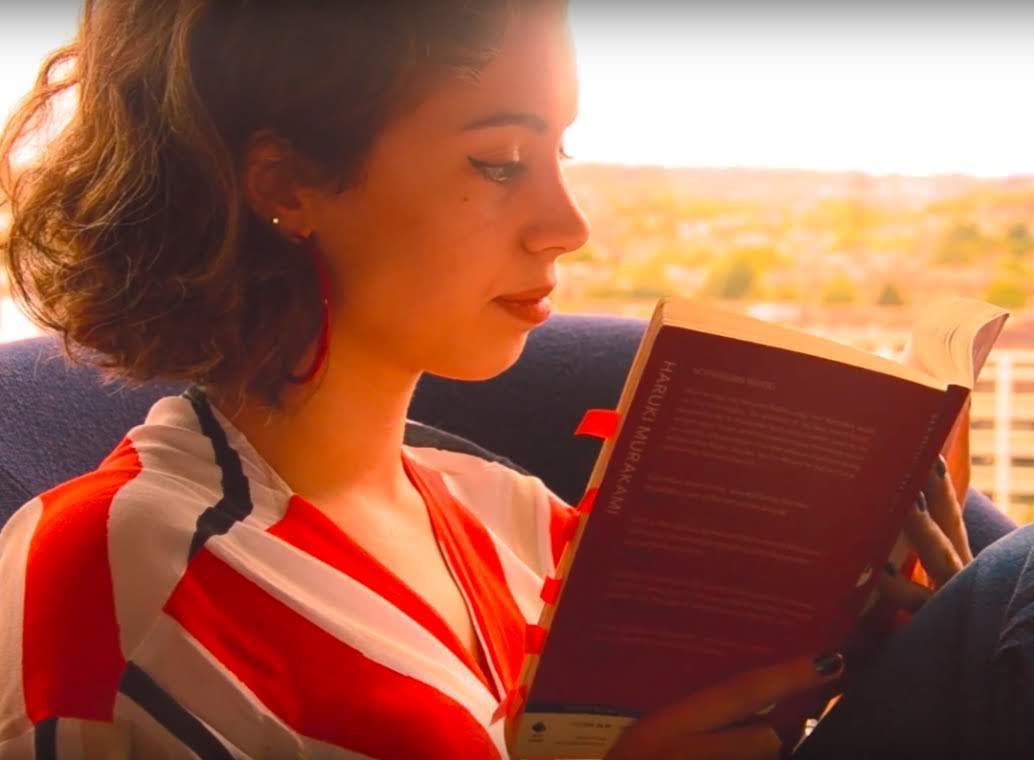This blog post is among the winners of the Department of Comparative Literatures’s 2020-2021 Blog Award for the module 6ABA0013 ‘Ethiopia and the Horn of Africa in Global Cultural Studies’. Congratulations to Giovanna Demopoulos for winning the award!
For too long have critics of Afawerk Gabre Yesus’ Tobbya (1908) reduced it down to either a ‘folktale’ or tried to cast it as a failed attempt at a realist novel in Amharic. In agreement with Admassu, neither critique acknowledges the context in which the text was written, let alone the intricacy and groundbreaking nature of the text. Considering the text was originally meant as a language textbook for Italian students studying Amharic at the Oriental University in Naples, Tobbya goes well beyond what was needed of a textbook and becomes a beautiful fusion of linguistic exercise and multiple genres.
Tobbya initially focuses on a Christian general who is taken as a slave after the failure of a Christian King’s war against the ‘Pagans’. The general’s family decides to try and save enough money for his selling price. While trying to find employment, Wahid, the general’s son, encounters a merchant and regails him with his sorrowful tale. Later, the unnamed general returns home, leaving the family to conclude that the unknown merchant has paid for the general’s freedom. Swearing never to come back until he finds this nameless merchant, Wahid leaves home only to be captured as a slave. Deciding to search for their newly lost family member, the ex-general and his daughter, Tobbya, leave home. Of course, Tobbya is disguised as a boy. On their travels, they get captured by a ‘Pagan’ King in the process of laying waste to more Christian land. However, taking a liking to Tobbya, the King calls off his war and eventually integrates her family into his aristocratic ranks before swearing to find Wahid. After the King’s cousin develops feelings for Tobbya which she cannot return, she reveals herself to be a woman. Consequently, the King falls in love with her. Once Wahid and the mysterious merchant happen to be found, the King proposes to Tobbya. She denies his proposal until he promptly converts to Christianity. Tobbya marries the converted King, Wahid marries the King’s cousin, and a previously divided Ethiopia is united under Christian rule.
There is no doubt that the plot of Tobbya follows a ‘tale-like simplicity’. Still, Luigi Fusella and Wright are overly harsh when they say the text is ‘naive’ and full of ‘unnecessary originalities’. A trained critic cannot wish away ‘unnecessary’ sections from a text; one works with the material they are given. Given the context in which the text was written, its standing as a piece of literature produced by the transnationalist, modern interaction of Italian and Ethiopian cultures already makes it deeply fascinating. If one believes Bahru Zewde’s statement that few other Ethiopians wrote with such a ‘wealth of vocabulary’, the text is also an immense feat for the Amharic language. The text’s plot lives up to its beautiful original title, Ləbb Wälläd Tarik (‘story born out of the heart’), in that it revolutionises traditional history by imagining it as a more emotional story involving individuals one can sympathize with. Complex characters further the story’s fascinating nature; Tobbya is an androgynous character able to use masculinity and femininity when it suits her to rise above her station. Tobbya is even willing to put her own needs and religion ahead of everyone else’s as she tactfully rejects a King’s proposal despite even her father worrying about this. The intelligent characters and strong female protagonist who goes through repeated changes of heart are immensely captivating. Thus, as a piece of literature, Tobbya introduces one to a culture with very captivating characters only beginning to be unpicked by academics, like Dr. Serawit Bekele Debele.
Yet, critics of the text who label it just a ‘child’s tale’ or ‘simple folktale’ need be asked what is so derogatory about these labels? Even if one agrees with the features that Tolossa argues most folktales have, one must interrogate whether traits like ‘fantasy and miracle’ or ‘a happy ending’ make Tobbya a lesser work. For a story with such strong religious and national implications, I would propose there is power in a plot that harks back to traditional styles like a child’s tale or folktale. After all, the strengths of these genres include a plot that is able to be passed on in beautiful oral style, something that seems conducive for a text that could introduce many Westerners to Ethiopian culture. Regardless, the text clearly takes fluidly from other genres, ranging from tales to psychological and novelistic traits, as exemplified in Wahid’s emotional encounter with an imagined lion.
Ultimately, there is a beauty in Tobbya’s reluctance to name specific details; we never find out what happens to Wahid’s mother or those who helped Wahid. In this way, Tobbya allows us to imagine and insert a piece of ourselves into its gaps in a way that means we add a bit of our own hearts and our own emotions to the mythological, genre-defying story.
Bibliography
Admassu, Yonas, ‘The First-born of amharic Fiction’, in Silence Is Not Golden: A Critical Anthology of Ethiopian Literature, ed. by Taddesse Adera & Ali Jimale Ahmed (Lawrenceville: Red Sea Press, 1995), pp. 93-112.
Gabre Yesus, Afawerk, ‘Tobbya’, trans. by Tadesse Tamrat, Ethiopian Observer, 8 (1964), 242-267.
Tolossa, Fikre, ‘Realism and Amharic Literature’, (unpublished doctoral dissertation, University of Bremen, 1983).
 Giovanna Demopoulos is a Comparative Literature student going into their third year and looking to work in academia. They are most fascinated by texts surrounding nationalism, cultural hybridism, and otherization.
Giovanna Demopoulos is a Comparative Literature student going into their third year and looking to work in academia. They are most fascinated by texts surrounding nationalism, cultural hybridism, and otherization.
